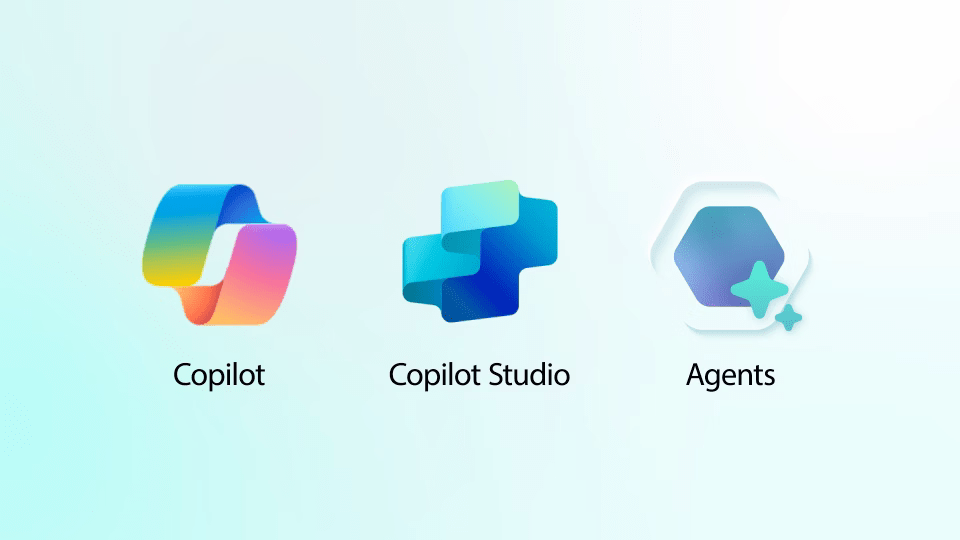Nowadays, companies need effective solutions for internal communication, team collaboration, and document management. SharePoint offers exactly that: a robust platform for building a personalized and efficient intranet.
1. Centralization of Information
With an intranet built on SharePoint, all essential company information is centralized in one place, eliminating data dispersion and making information access easier.
Among the types of content that can be organized on the intranet are:
- Internal policies
- Documents
- Lists
- News
- Operational procedures
- Links
- Among others...
All this information can be easily found by any employee with the appropriate access permissions.

2. Security and Permissions
SharePoint allows detailed permissions to be configured for each user or team through Microsoft Security or Microsoft 365 Groups (based on the organization's AD/Entra ID), thus ensuring strict control over access to various intranet content.
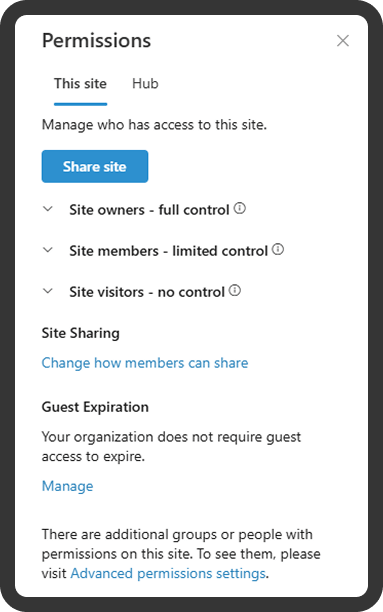
In access management, there are different permission levels. The main levels include:
- Full Control
- Edit
- Read
This ensures that information is only accessible and/or editable by those with the appropriate permissions, safeguarding the security and integrity of the data.

3. Version Control and Real-Time Collaboration
One of the major advantages of SharePoint's document management component is version control. Any change made to a document is recorded, allowing you to revert to previous versions whenever necessary.
Additionally, multiple users can work on the same file simultaneously, enhancing productivity and preventing version conflicts.

4. Customization and Flexibility
Every company has specific needs, and SharePoint allows for the creation of a fully customized intranet. It is possible to adapt it to the company’s identity (colors, typography, etc.), add... web parts and integrate other applications, organizing them as desired.
In this way, the experience becomes unique and fully aligned with the company's business model.
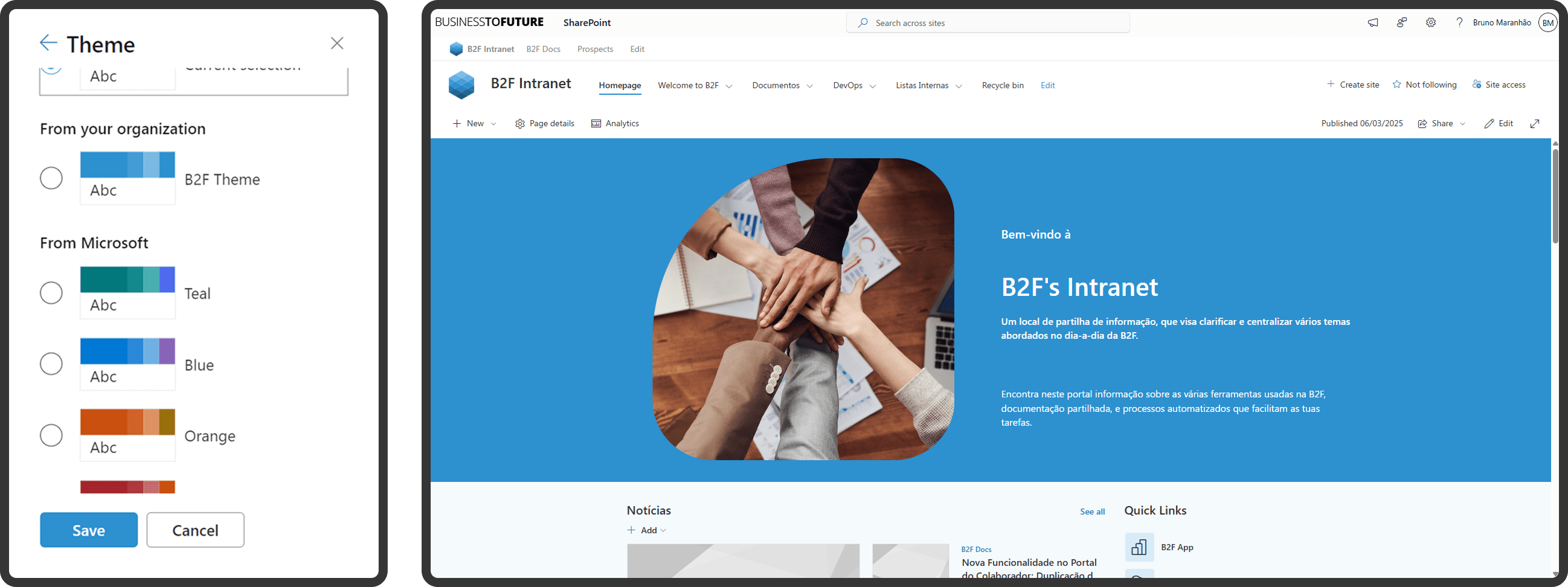
5. Familiar Environment and Integration with Microsoft 365 and Power Platforms
As part of the Microsoft 365 ecosystem, SharePoint integrates seamlessly with tools like Outlook, Teams, and OneDrive, providing a unified environment.
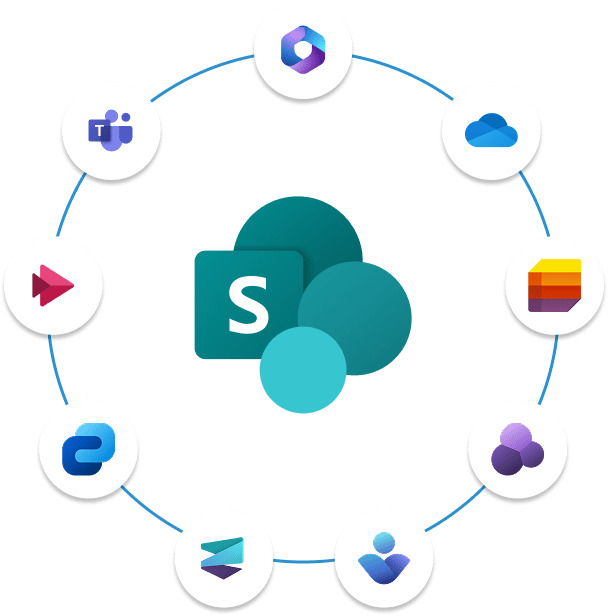
Moreover, its integration with the Power Platforms (Power BI, Power Apps, and Power Automate) enables process automation and data analysis, making management more efficient.
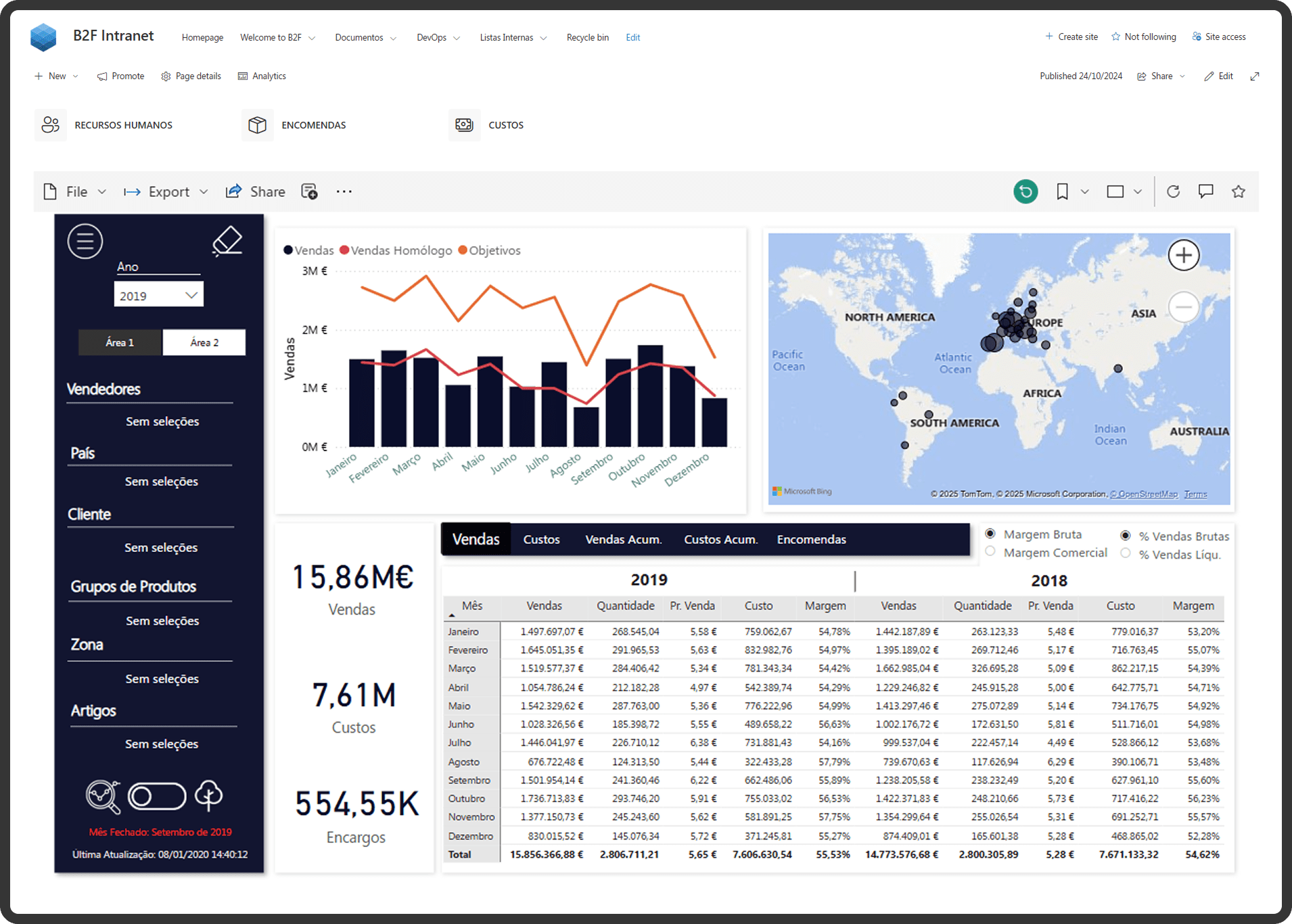
6. Process Automation and Workflows
With SharePoint and Power Automate (or Azure Logic Apps), it is possible to automate repetitive processes, such as document approvals, vacation requests, integrations with other business tools, email notifications for alerts or birthdays, among many other processes, reducing bureaucracy and improving operational efficiency.
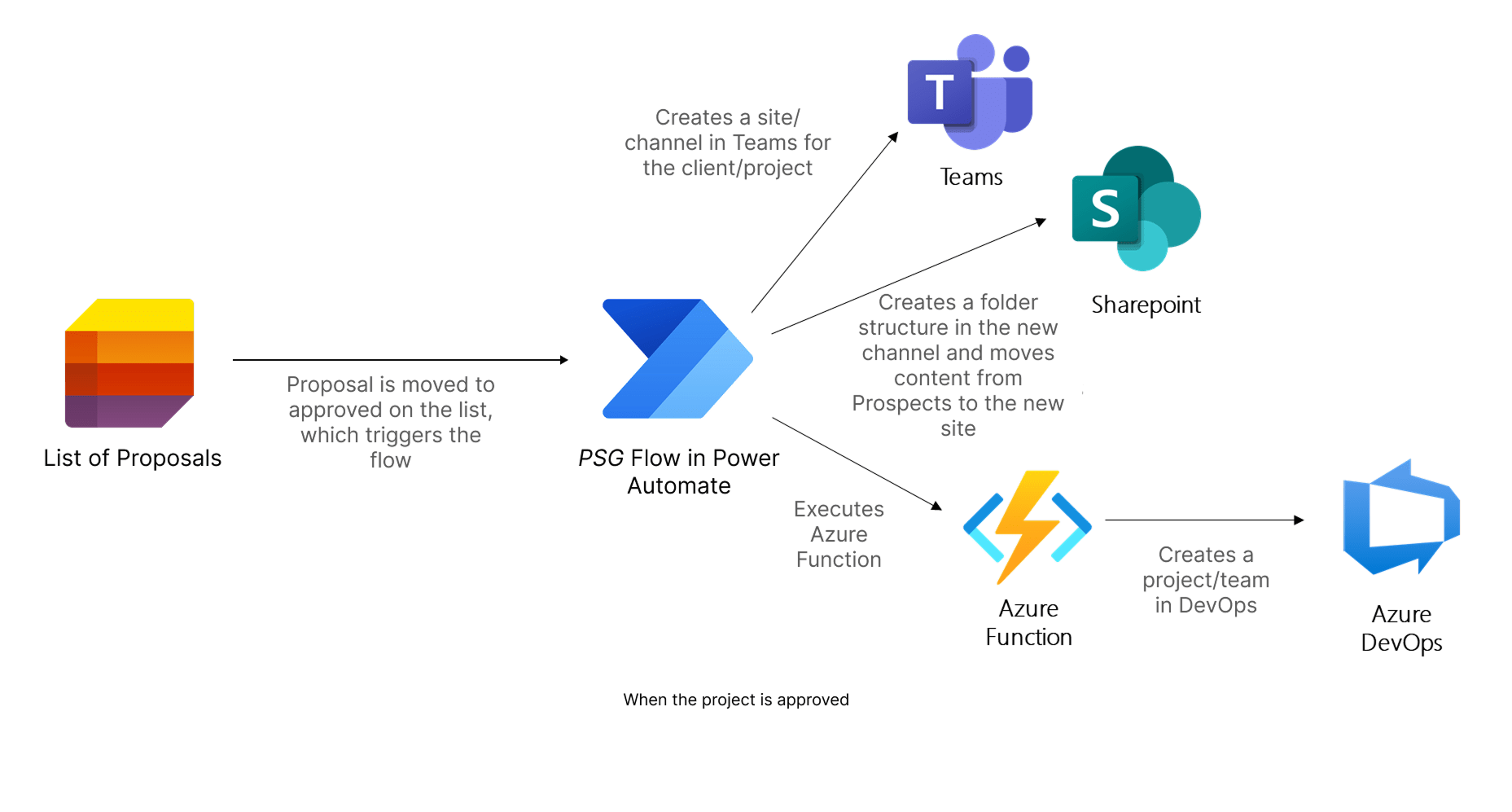
7. Mobility and Remote Access
With the cloud version of SharePoint (SharePoint Online), employees can access the intranet from anywhere, whether at the office, working remotely, or on the go.
8. How B2F Supports the Creation of an Intranet on SharePoint
Creating a modern intranet on SharePoint becomes simpler and more efficient with the support of a specialized team like that of B2F. B2F, allowing you to make the most of the platform through:
- Custom Implementation: Development of an organized, functional intranet aligned with the organization's visual identity.
- Access Management: Configuration of secure permissions to ensure control and protection of information.
- Process Automation: Creation of automated workflows with tools like Power Automate and Logic Apps, increasing operational efficiency.
- Implementation of data entry processes (data entry): Through the development of applications using Power Apps.
- Integration with Microsoft 365 and Power Platforms: Connecting SharePoint with tools like Teams, OneDrive, Power BI, and other solutions from the Microsoft ecosystem.
- Training and Support: Training teams to ensure the effective and sustainable use of the intranet.
B2F can help you transform an intranet into a true engine of productivity, collaboration, and innovation.


